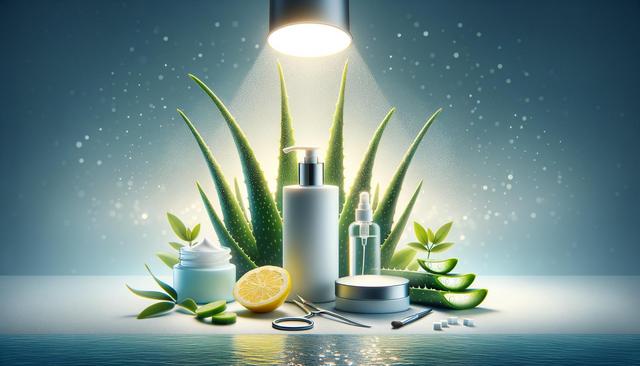Effective Tips for Dark Spot Removal
Dark spots on the skin can be frustrating, but there are practical ways to reduce their appearance and improve overall skin tone.

Understanding What Causes Dark Spots
Before diving into removal techniques, it’s important to understand what causes dark spots. These spots, also known as hyperpigmentation, can appear due to various reasons including sun exposure, hormonal changes, aging, and skin inflammation. When skin produces excess melanin in certain areas, it results in patches that appear darker than the surrounding skin. Knowing the cause can help you choose the most appropriate approach to treatment and prevention.
Common causes include:
- Prolonged and unprotected sun exposure
- Post-inflammatory pigmentation from acne or injuries
- Hormonal changes such as melasma during pregnancy
- Use of certain medications or cosmetics
By identifying the trigger, you can better target the underlying issue and avoid further pigmentation problems.
Topical Treatments That Can Help
There are numerous topical products available that can help fade dark spots over time. These typically contain active ingredients that target melanin production or help exfoliate the skin to stimulate cell turnover. While results vary from person to person, consistent use of well-formulated treatments can yield noticeable improvements.
Ingredients to look for include:
- Vitamin C, known for its brightening and antioxidant properties
- Niacinamide, which reduces inflammation and inhibits melanin transfer
- Hydroquinone, a depigmenting agent used under medical guidance
- Retinoids, which promote cell turnover and lighten pigmentation
- Azelaic acid, effective for acne-related pigmentation
It’s essential to apply these products as directed and use them consistently over several weeks. Patience is key, as dark spots often take time to fade completely.
Natural Remedies Worth Exploring
For those seeking gentler alternatives, natural remedies may offer mild benefits in reducing the appearance of dark spots. These options are generally more suitable for people with sensitive skin or those looking to complement their primary treatment routine.
Some commonly used natural ingredients include:
- Aloe vera – soothes skin and may help reduce pigmentation over time
- Lemon juice – contains vitamin C, but should be used with caution due to potential skin irritation
- Green tea extract – known for its anti-inflammatory and antioxidant properties
- Licorice extract – helps lighten hyperpigmentation and calm irritated skin
While these ingredients are relatively mild, it’s important to perform a patch test before use to ensure they don’t cause any adverse reactions. Consistency and sun protection are crucial when using natural remedies.
The Importance of Sun Protection
One of the most critical steps in managing dark spots is preventing them from worsening. Exposure to ultraviolet (UV) rays can make existing spots darker and trigger the formation of new ones. Incorporating sun protection into your daily routine is essential, regardless of the weather or your indoor schedule.
Protective measures include:
- Applying a broad-spectrum sunscreen with SPF 30 or higher every day
- Wearing hats and protective clothing when outdoors
- Seeking shade during peak sun hours (10 AM to 4 PM)
- Reapplying sunscreen every two hours when outside
Even if you’re using effective dark spot treatments, they may be rendered ineffective if you’re not protecting your skin from the sun. Prevention plays a major role in maintaining an even skin tone.
When to Consult a Dermatologist
If dark spots persist despite using various treatments, it may be time to consult a dermatologist. Professional evaluation can help determine whether the pigmentation is due to an underlying condition or requires more advanced solutions. Dermatologists can offer targeted treatments such as chemical peels, laser therapy, or prescription-strength creams.
Situations where medical consultation is recommended include:
- Spots that change in size, color, or texture
- Pigmentation that spreads rapidly or causes discomfort
- Minimal improvement after several months of over-the-counter treatments
- Desire for faster or more noticeable results
Professional treatments are often more potent and tailored to your specific skin type and concern. They can help accelerate the fading process while minimizing the risk of irritation or side effects.
Conclusion: Achieving Clearer Skin Takes Time and Care
Dark spot removal is a gradual process that requires patience, consistency, and a well-informed approach. By understanding the causes, using effective topical or natural treatments, protecting your skin from UV damage, and seeking professional advice when needed, you can significantly reduce the appearance of hyperpigmentation. Everyone’s skin is unique, so finding what works best for your skin type may take some experimentation. With the right routine and care, clearer and more even-toned skin is achievable over time.